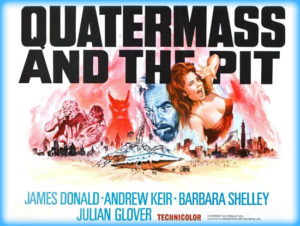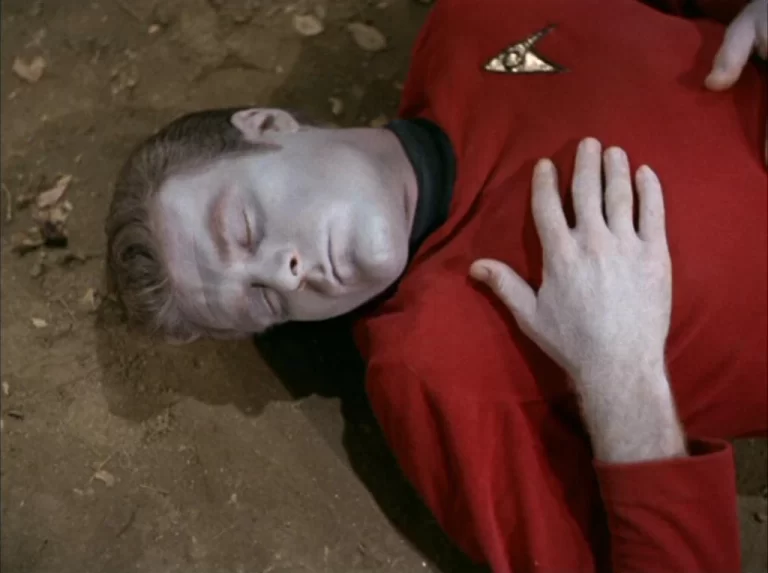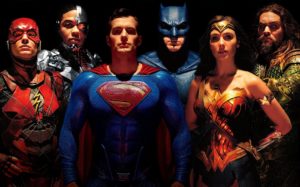(Originally posted on
Quatermass and the Pit, or as it’s known in the U.S., Five Million Years to Earth, is a Hammer Film production of a BBC serial. The phenomenon of Quatermass is a uniquely British craze. It has had influences on science fiction for decades, but most Americans are completely ignorant about it.
The original Quatermass series on the BBC was tremendously popular in Britain in the 1950s. It would not be unfair to compare their popularity during their period as something akin to Star Trek in the U.S. Only three were produced: The Quatermass Experiment, Quatermass II and Quatermass and the Pit. Their influences echo, as both Stephen King and John Carpenter cite them as influences. In fact, King’s book The Tommyknockers is nearly a remake of The Pit (or perhaps a ‘homage’.)
Hammer made the previous two serials into films, titled The Quatermass Xperiment (The Creeping Unknown in the U.S.) and Quatermass II (Enemy From Space in the U.S.) The Pit is the first one in color and the first to use Andrew Keir as the main character. The first two films are well, mediocre. The scripts and acting are solid enough, but the production values are weak–especially with The Quatermass Xperiment. They’re not much above the production values of the original, live serials. They feel more like serials uncomfortably squashed into movies. Pit, however, feels like a big screen movie, and in color to boot.

The film starts out with a discovery of humanoid fossils in a London Underground dig site at Hobb’s End. Paleontologist Matthew Roney (James Donald) is brought into to supervise the site. Roney discovers a buried metallic casing. He believes it to be an unexploded bomb from The Blitz.
Professor Quatermass is brought in, along with his new ‘compatriot’–Colonel Breen (Julian Glover.) Quatermass loathes Breen, as the military forced the colonel into his rocketry program. The two men investigate the supposed bomb, only to find it something else. It appears to be an ancient spacecraft.

A workman tries to drill into it, only to have his strongest drill bounce off. The vibration it creates causes a reaction which opens up a sealed area. Within are the bodies of several giant, tripodal insects. Roney and Quatermass examine the decaying bodies and decide they must have come from the Mars of five million years in the past.
Meanwhile, the workman is struck by a kind of ‘psychic fit’ while working in the spacecraft. He runs in fear, throwing objects around with telekinesis. Through investigation, Quatermass finds all sorts of folklore and legends surrounding Hobb’s End. The ship’s effects activate anytime the ship is disturbed in the ground.
Roney uses a device that can record dreams (just run with it) to try to record impressions from the ship. His assistant, Barbara Judd (Barbara Shelley) has the strongest reaction to the ship and they record her dreams. The images captured shows the Martians purging hives in a racial genocide. They wipe out all that are ‘different’. (This is probably the weakest part of the movie, as the special effects consist of grainy images of bugs on sticks. It’s bad. A bit more spending on visual effects here would have helped.)
Quatermass and Roney conclude that the Martians manipulated ancient apes to evolve into modern man. They tried to have a ‘colony by proxy’ since they couldn’t survive on Earth.
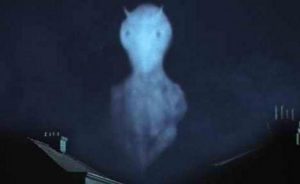
When presented with this evidence, Breen and the government officials dismiss it. Breen convinces them that it’s a Nazi propaganda weapon and there’s no danger. The government allows the press in, over Quatermass’s strong objections. A workman’s blunder accidentally gives the ship a huge burst of electricity. It comes to life and begins manipulating all human minds in the vicinity. A gigantic, glowing Martian face explodes out of the Pit visible over the city. The Martian ship makes the Londoners it influences wipe out every life form that is different, including other humans. They can do so with the psychic powers at their disposal, thanks to the ship. The Martians want humanity to inherit all their behaviors, including the need to ‘purge the hive’ of all differences.
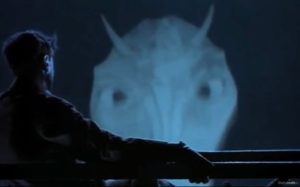
Quatermass tries to kill Roney, but manages to overcome the Martian influence. Roney is one of the few unaffected (hence ‘different’.) The two men come up with a plan to ground the Martian image to the ground with iron, dissipating the energy. Roney climbs a nearby crane, meaning to use it, but the energy causes the base of the crane to crack, sending it careening into the image. Roney neutralizes the Martian ship, at the cost of his life.
The movie ends on a very quiet, introspective note, with none of the survivors speaking. Nice, melancholy denouement.
Overall, the movie maintains a good level of tension and uneasiness, despite the odd and esoteric nature of the menace. It’s another good example of the ‘less is more’ school of tension building. The series and movies do a good job of merging science fiction and horror, without clubbing you over the head with either. Other series copy these themes in later years, including Doctor Who. In fact, episodes such as Image of the Fendahl can’t be anything but direct descendants. (Although the creator of Quatermass, Nigel Kneale, had great distaste for Doctor Who, as he felt that the series was nothing short of a rip-off of his work.)
The themes of the movie are meant to reflect the growing racial tensions in the U.K. of the fifties, but they fail to resonate. Perhaps it’s simply too far removed from the events surrounding the original series.
